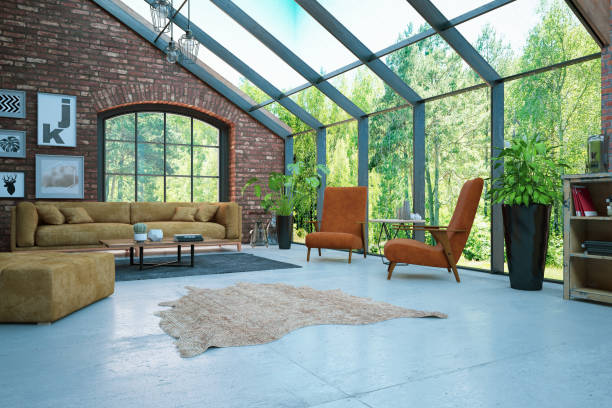"Redefining Spaces: The Rise of Multi-Functional Furniture in Modern Homes"
Introduction: In today's fast-paced world, homeowners are constantly seeking ways to optimize their living spaces. A solution that is currently gaining traction is the use of multi-functional furniture. A testament to modern design's ingenuity, these novel pieces redefine the boundaries of traditional furniture, embodying aesthetics, functionality, and innovation.

The Evolution of Multi-Functional Furniture
Multi-Functional furniture, a concept that is centuries old, has evolved to meet the demands of modern living. Historically, multi-purpose furniture pieces were designed for compactness and practicality. Over time, the concept has evolved, with designers focusing on versatility, aesthetics, and seamless integration into various spaces. Today, the market is saturated with innovative multi-functional pieces, from beds with built-in storage to desks that transform into dining tables.
The Current Design Landscape
The current trend in interior design is all about making the most of available space. The rise of apartment living and smaller homes has accelerated the demand for multi-functional furniture. These pieces serve multiple purposes and take up less space than traditional furniture, making them an ideal choice for modern, compact homes. Designers are constantly innovating, creating pieces that are not only functional but also aesthetically pleasing.
Practicality and Market Trends
The practicality of multi-functional furniture is undeniable. These pieces allow homeowners to maximize their space, create a more organized environment, and adapt to various needs with ease. Market trends show a steady rise in the demand for such furniture, driven by the shift towards smaller living spaces and the need for functional solutions. With the advent of the work-from-home culture, the demand for furniture that can serve both as a workspace and a living area has skyrocketed.
Enhancing Daily Living
Beyond practicality, multi-functional furniture enhances daily living by creating a more organized and efficient environment. By reducing clutter and optimizing space, these pieces contribute to a more serene and comfortable living environment. Moreover, they allow homeowners to express their creativity, combining different pieces to create a unique and personalized space.
Backed by Research
A study by Grand View Research has projected the global multi-functional furniture market to reach USD 21.76 billion by 2025, indicating its growing popularity. This upward trend is backed by factors like urbanization, space crunch in cities, and the increasing demand for flexible furniture solutions.
In conclusion, the rise of multi-functional furniture is a testament to modern design’s ability to adapt to changing lifestyles and needs. By combining functionality, aesthetics, and innovation, these pieces offer a unique solution to the challenges of modern living, making them an essential part of today’s homes.





